Schlumberger Museum Prize
The ‘Têtes Chercheuses’ competition is organised in partnership with Relais d'Sciences. Open to scientific and/or technical teams in Normandy, this competition aims at encouraging innovative approaches to science outreach.It awards the Schlumberger Museum Prize, of a sum of 10,000 Euros donated by the Schlumberger Museum Foundation, and enables a project illustrating a specific research issue to be developed, including early dissemination to the general public. The winning project is presented every year during the Fête de la Science (Science Fair) before being broadcast at regional or national level.
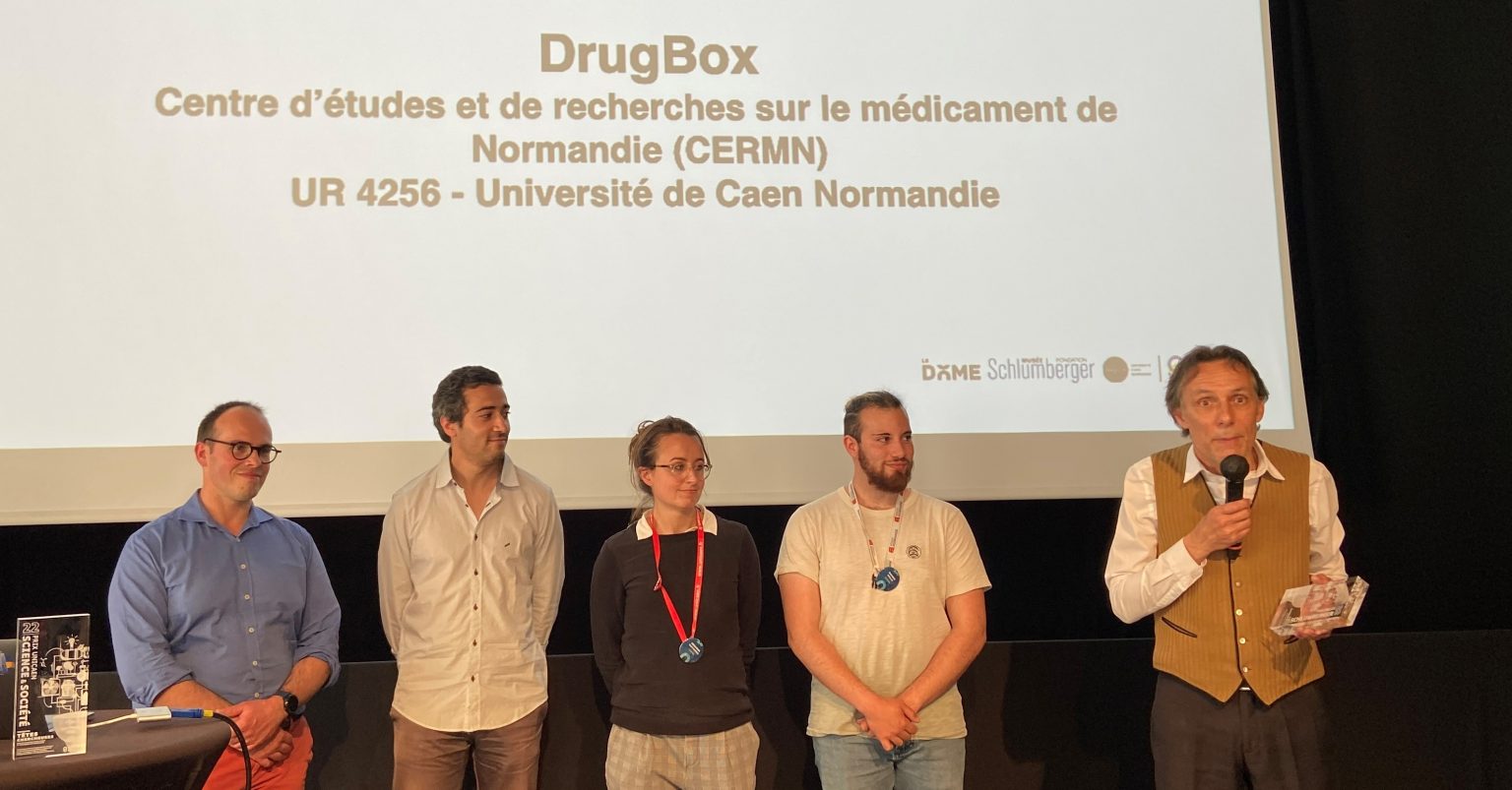
2022 edition : drugbox
Drugbox is a project designed by Damien Geslin, Johanna Giovannini, Jean-Pierre Jourdan, Marc Ragui and Chloé Rémondin, members of the CERMN (Centre d'études et de recherche sur le médicament de Normandie). This year, they received the Schlumberger Museum Prize for their scientific mediation device around a question: "What are the different stages of making a medicine?"
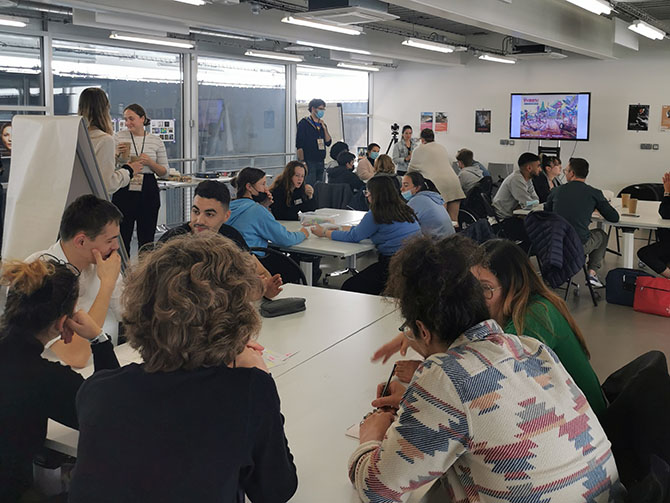
2021 edition : Lab’Venture
The Schlumberger Museum Prize was awarded to the ISTCT Unit, CERVOxy team for its project «LA'Venture». It is a board game including deck building mechanics associated with a mobile application and a game board.
A deck building card game is a game that will bring improvement mechanics to a starting card hand. Players start with basic cards and, as the game progresses, have the opportunity to add better cards to their game to make it more effective. This is a game mechanism found in the following games: Dominion, Aeon’s end or Clank.
The players take the lead of a newly created research laboratory and must develop it through cooperative actions in order to carry out research projects on neuroscience.
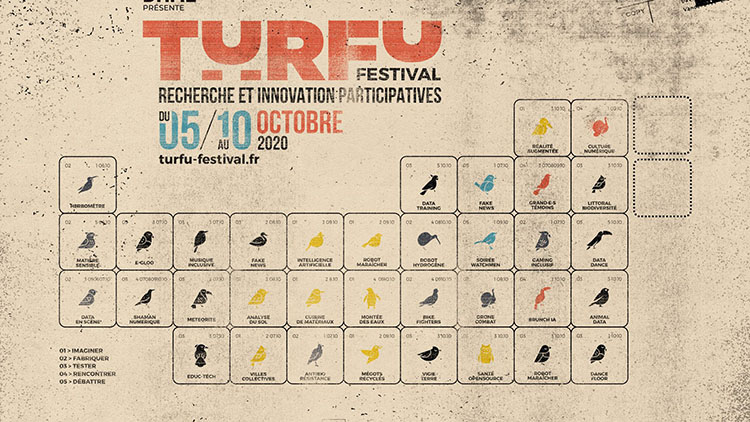
2020 edition: co-construction
Due to the sanitary crisis the Schlumberger Museum Prize was replaced by co-building day during the Turfu Festival at the Dome in Caen.
Two workshops were suggested by the teams of researchers who applied for the prize:
- Antibiotic and digital play
- Microscopic fungi and agroecology.
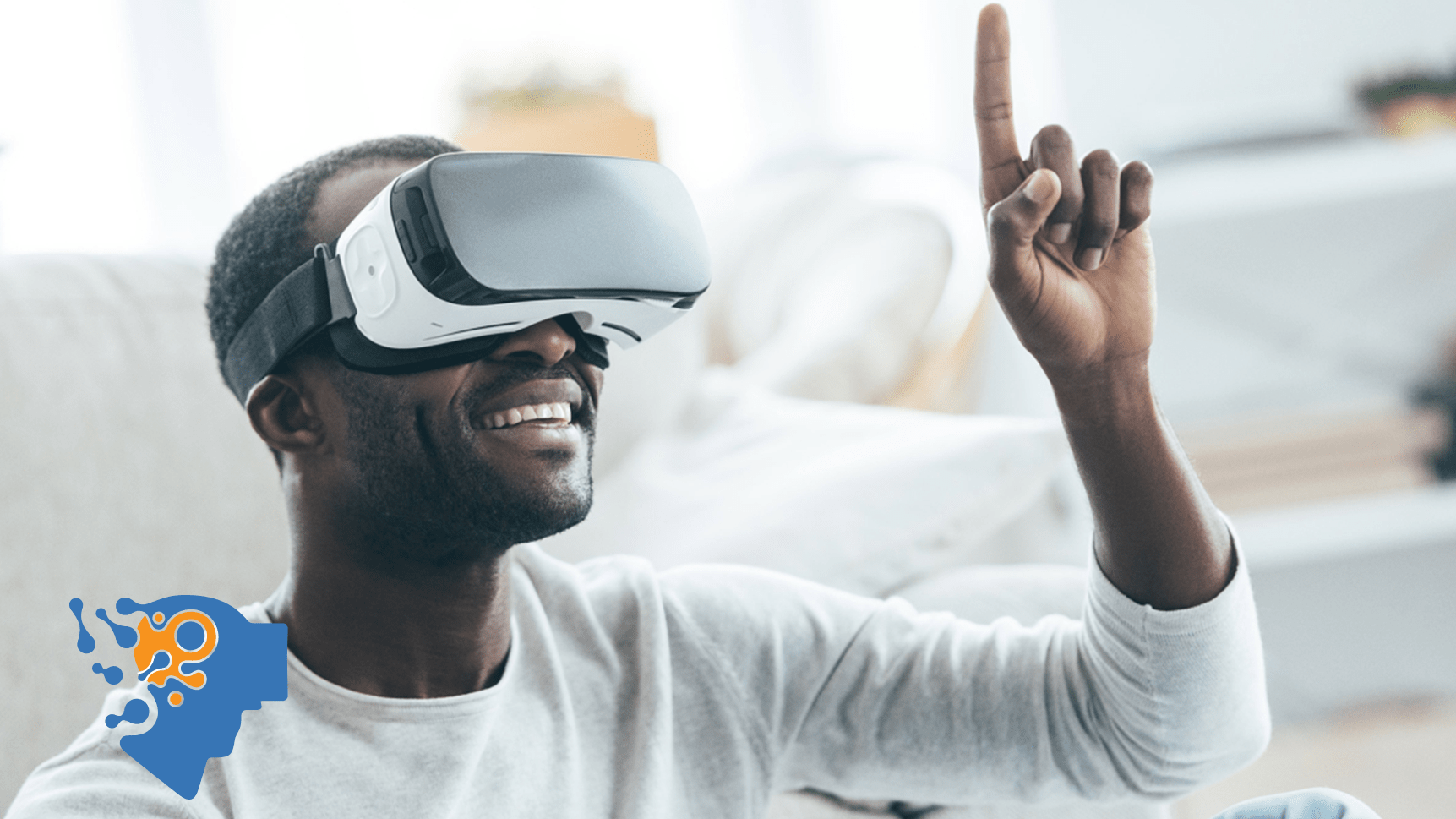
2019 edition: NanoRêve
Four research teams took part in the 2019 edition, which marked the 10th anniversary of the ‘Têtes Chercheuses’ competition. For the first time, a chemistry laboratory - the Catalysis and Spectrochemistry Laboratory (LCS) - was the one that most impressed the jury with its truly original experiment: a delve into the invisible.
The ‘NanoRêve’ project aims at developing an immersive virtual reality platform, open and accessble to the largest audience, and enabling objects to be studied on a molecular scale. A journey through the invisible to fully understand the themes covered by the Normandy-based research laboratory’s activity and, on a larger scale, of all chemistry research teams throughout France.
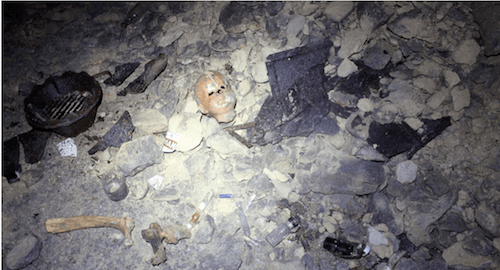
2018 edition: Refuge 44
Cyril Marcigny, deputy scientific and technical director at the INRAP (National Institute for Preventive Archaeological Research), was awarded the Schlumberger Museum Prize for his ‘Refuge 44’ project. On the 6th of June 1944, under the D-Day bombardments, a vast share of the cilvilians living in Caen and Fleury-sur-Orne found refuge in old underground quarries. One of them, the ‘Saingt’ quarry is now the subject of a research programme.
In order to preserve the integrity of this exceptional site, archaeologists have chosen to employ non-destructive and contactless techniques: laser beam scanning, photogrammetry. The virtual tour will offer a unique opportunity to visit an otherwise inaccessible site and to delve into the historic and archaeological analysis of this refuge.
.
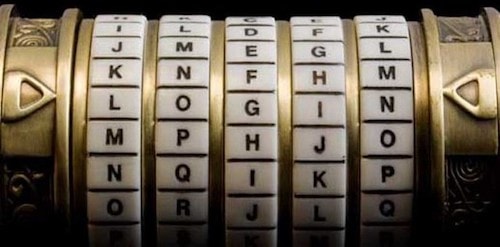
2017 edition: Cybercrypt
‘Cybercrypt’ by the GREYC (Caen Research Group in Computer Science, Imaging, Control and Instrumentation), in association with Orange Labs, was announced the winner of the 2017 Schlumberger Museum Prize for its cryptology outreach project.
‘CyberCrypt’ is in the form of a board game. Players form a team that is looking to launch its own company on the Internet. Step by step, they are confronted with events that require the use of cryptographic tools to secure their work. Several workshops are proposed to illustrate various simple yet up-to-the-minute cryptographic mechanisms.
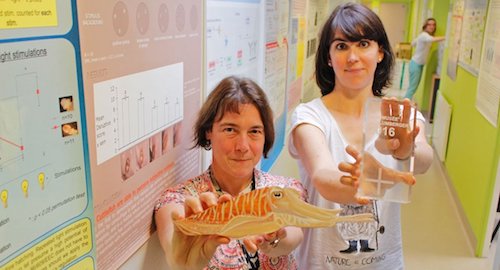
2016 edition: Eye Sea
The human eye perceives colours, but it is incapable of seeing polarised light. In contrast, cuttlefish are unaware of colours, but they detect linear polarisation of light, which offers them improved vision of contrast and, underwater, easier location of their prey. Based on this observation, researchers from the GMPc (Memory and behavioural plasticity group) propose a virtual deep-sea diving experience, to ‘live like a cuttlefish’.
Participants, who start the experience as ‘frogmen’ are quick to realise how limited human sight is under water. They are then allowed to see things through the eyes of a cuttlefish. Everything becomes far clearer. The prawns on the sea bed become luminescent!
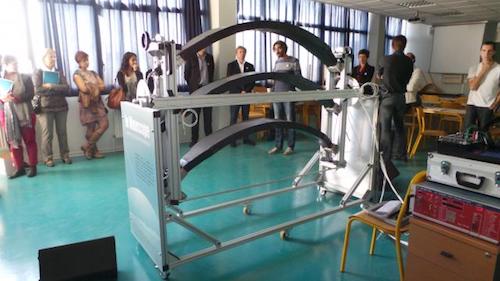
2015 edition: the Muoscope
In 2015, the National Heavy Ion Accelerator (GANIL) and the Corpuscular Physics Laboratory (LPC) chose to present a project they developed together: the Muoscope. The Schlumberger Museum prize enabled the design of a machine capable of measuring cosmic radiation. The machine was presented during the 2015 edition of the Fête de la Science (science fair) and provided for use by secondary school teachers. An exchange platform and an artistic contribution came to complete the project
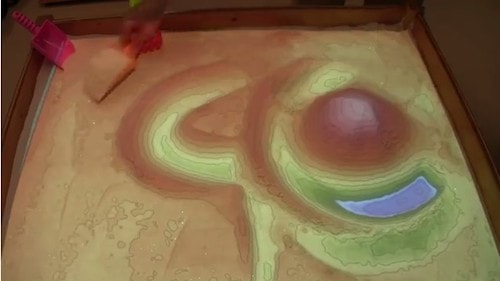
2014 edition: Dynam’eau
The Schlumberger Museum prize for 2014 was awarded to the ‘Physical geography and environment’ laboratory. The lab's project, entitled ‘Dynam’eau’, focused on the water cycle and strove to illustrate the influence of topographical factors, land occupation and man-made developments in the pathways that surface water is led to follow, paying particular attention to the risk of flooding.
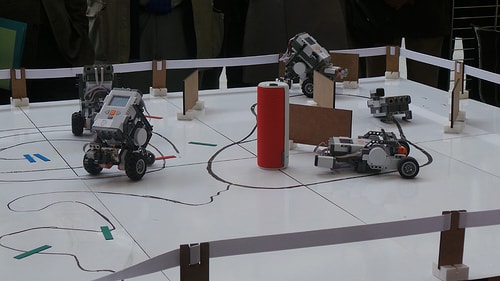
2013 edition: Captil
The 2013 Schlumberger Museum Prize was awarded to the researchers from the GREYC. To draw the attention of the public, and of youth, on the importance of electronics in our society, the GREYC researchers developed ‘Captil’. The device enables spectators to better understand how a machine can interact with its environment thanks to sensors.
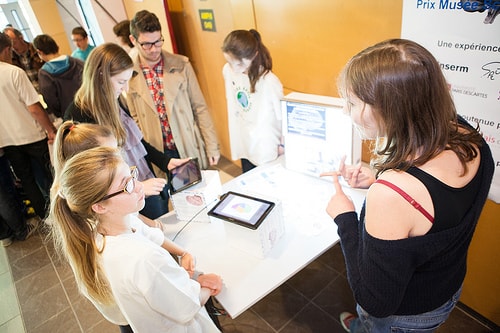
2012 edition: Cérébro
The 2012 Schlumberger Museum Prize was awarded to the Inserm ‘Serine Proteases and Pathophysiology of the Neurovascular Unit’ (SP2U/U919) for its ‘Cérébro’ project.
In line with the state of the art technologies that are deployed in laboratories, this team invented a digital device to explain to the public the challenges and stakes involved in research into the neurosciences and, in particular, the treatment of cerebrovascular accidents (stroke).
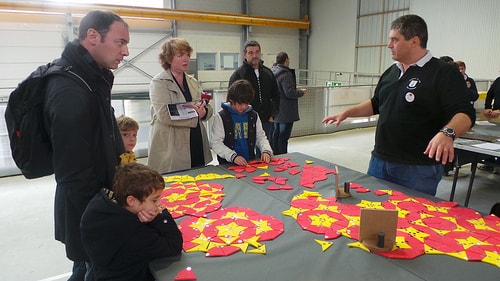
2011 edition: Labosaïque
In 2011, the Schlumberger Museum Prize was awarded to the Nicolas Oresme Mathematics Laboratory for its Labosaïque project. The Labosaïque is a device designed by the researchers enabling a whole range of experiments on tiling, a perfect example of ‘attractive mathematics’ and an intuitive initiation into the concept of object modelling.
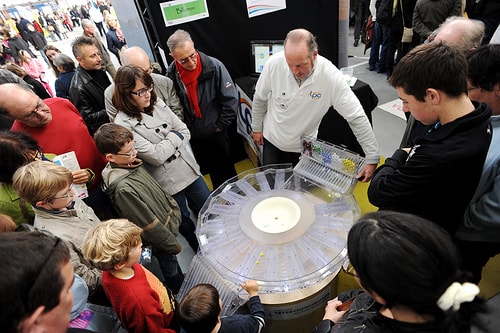
2010 edition: Billotron
The first winner of the Schlumberger Museum was the Corpuscular Physics Laboratory with its Billotron. Based on the same principle as the experiment conducted in 1911 by Rutherford, the father of nuclear physics, the Billotron presents research work by illustrating scientistific approaches to access the infinitely small and to observe the invisible.













